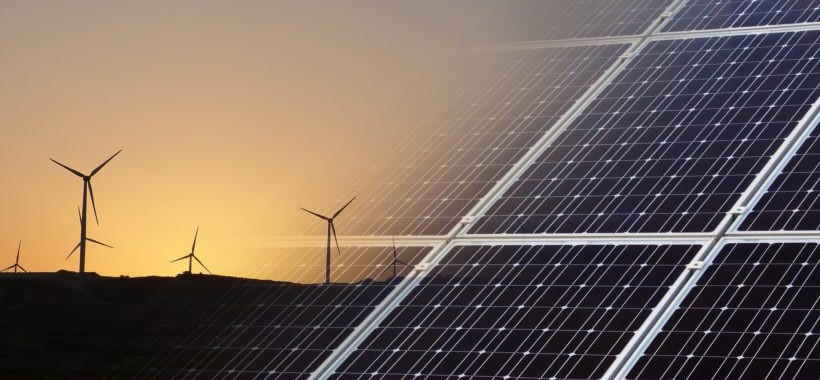With growing environmental awareness, hundreds of corporations and small businesses are setting their own sustainability goals. Investors are going green and incorporating sustainability principles when making business decisions. Many are adopting their own projects to make their buildings environmentally responsible and resources efficient. Huge savings in energy costs, lower maintenance costs, and increased asset value are consistently reported in green buildings. As governments enforce stricter emission reductions, businesses must embrace sustainable initiatives to meet targets. Here is a guide of the top six sustainability trends to watch this year.
1. Increase in Sustainable Building Materials
Sustainable building materials have a low environmental impact during production, placing, and maintenance. Timber is the material with the lowest environmental impact during its production and life cycle. Also, the construction industry is tackling the issue of how to dispose of the waste created from construction. Technology is currently being developed to make the recycling of these materials feasible and safer.
2. Energy Storage
Renewable energy, such as solar and wind, are variable because they are intermittent and seasonal. To be able to store the energy in batteries, utilities can offset peak energy demand and improve storage of renewable energy. Since 2015, utility size storage capacity has increased substantially, and the cost of battery storage has decreased. Today, many buildings are using energy storage systems to reduce their individual peak load contributions by using their charged power during peak hours. Energy storage is increasingly becoming a viable option to meet peaks in energy demand and is key to a sustainable energy future.
3. Circular Economy
A circular economy is an economic system aimed at minimizing waste and making the most of resources during production. Under this system materials are continuedly repurposed; compared to our current economy, “take, make, dispose”. Major companies such as Adidas and North Face are using recycled materials and plastics in their products. Proponents of a circular economy believe that a circular model can be as profitable as a traditional linear model.
4. Reducing Plastic Pollution
Society has become dependent on single-use plastic because of its affordability and its convenience. However, the plastic pollution we’ve created is wreaking havoc on our environment, particularly our oceans. Organizations, corporations, activists, environmentalists, and governments have been working to fix this issue for years, so what will they do differently in 2019? Going forward consumers will pressure their elected officials to make single-use-plastics less accessible. For those consumers who will continue to use plastic, innovations in chemical recycling technology will address pollution issues. With this technology, plastics will be recycled using chemical systems to upcycle plastic waste back into its basic chemicals.
5. Increased Social Action and Education
We are expecting social awareness and action to continue to grow, as individuals and businesses show their commitment to a sustainable lifestyle. From responsible recycling practices, avoiding single use plastic, to becoming more energy efficient. Several corporations are gaining B corporation status, and buildings across cities are earning LEED certifications. From these actions, sustainability awareness will continue to grow throughout communities and cities.
6. Push for Transparency Through Data Management and Reporting
Sustainability reporting is no longer voluntary – not only is the government requiring buildings to report their energy data and sustainability efforts, but employees and investors are demanding more transparency. Rather than manage and report energy consumption by manually acquiring data and tracking in Excel, many companies are turning to SaaS for energy management. EnergyWatch’s platform, watchwire, gives you the knowledge to thoroughly analyze your energy data and the ability to meet sustainability reporting requirements through integrations with GRESB, ENERGY STAR, and more. Learn more about our cloud-based energy management platform here.
Growing pressure from climate change and associated political and social unrest make building a strong sustainable business difficult. Understanding and drawing from these trends can allow companies to create strategies to meet their sustainability goals, while still being profitable.
 Top Sustainability Trends to Watch in 2025
Top Sustainability Trends to Watch in 2025

 Log In
Log In








